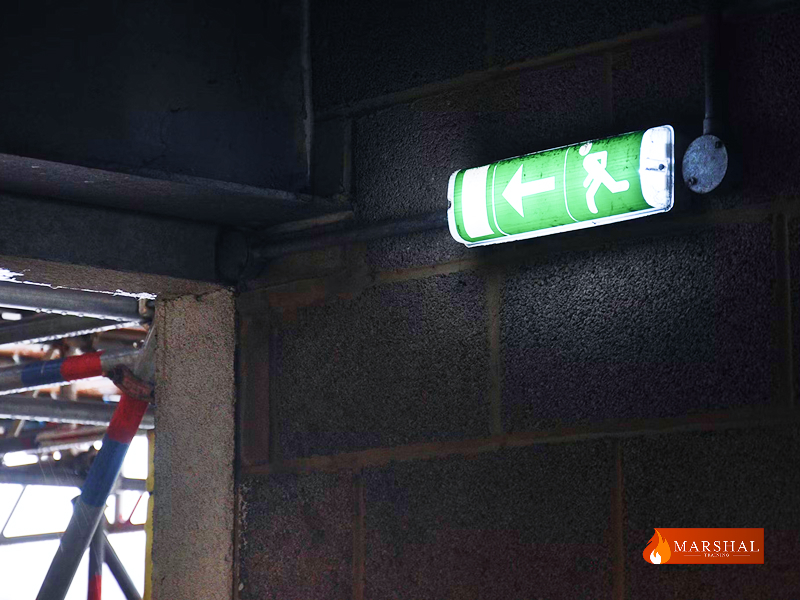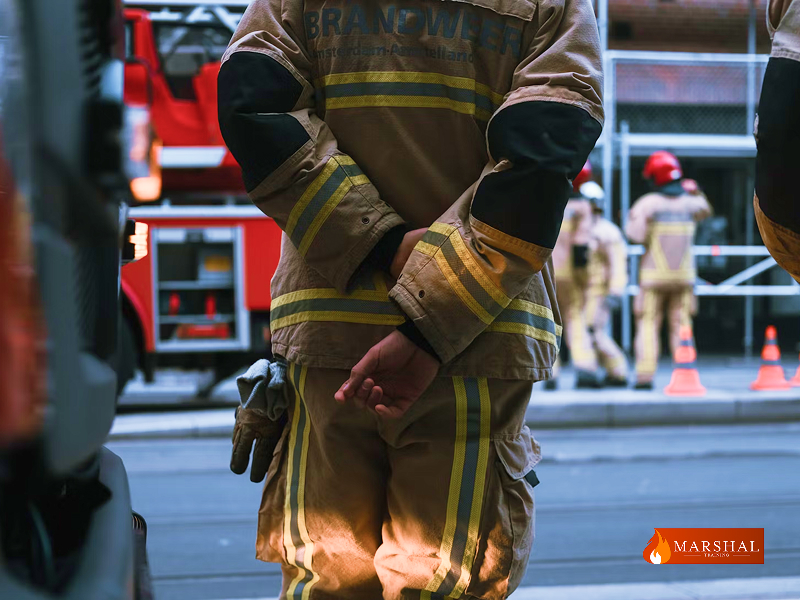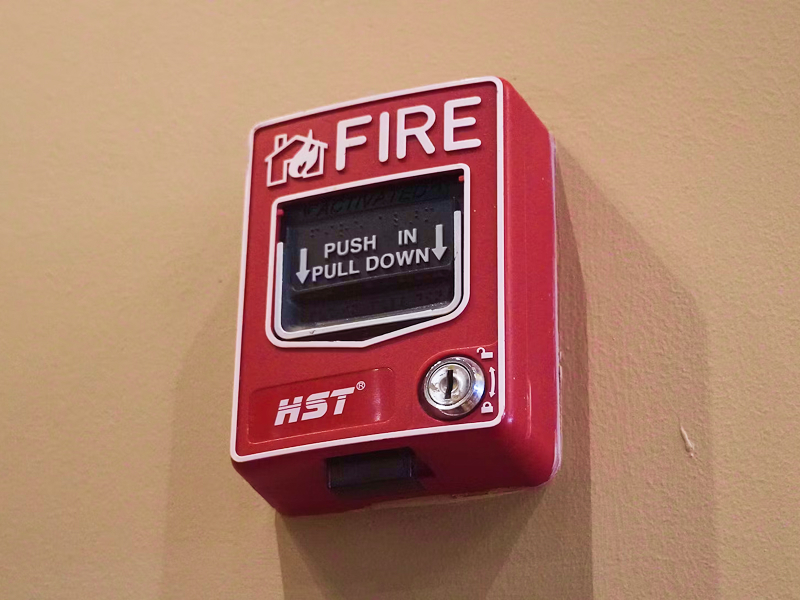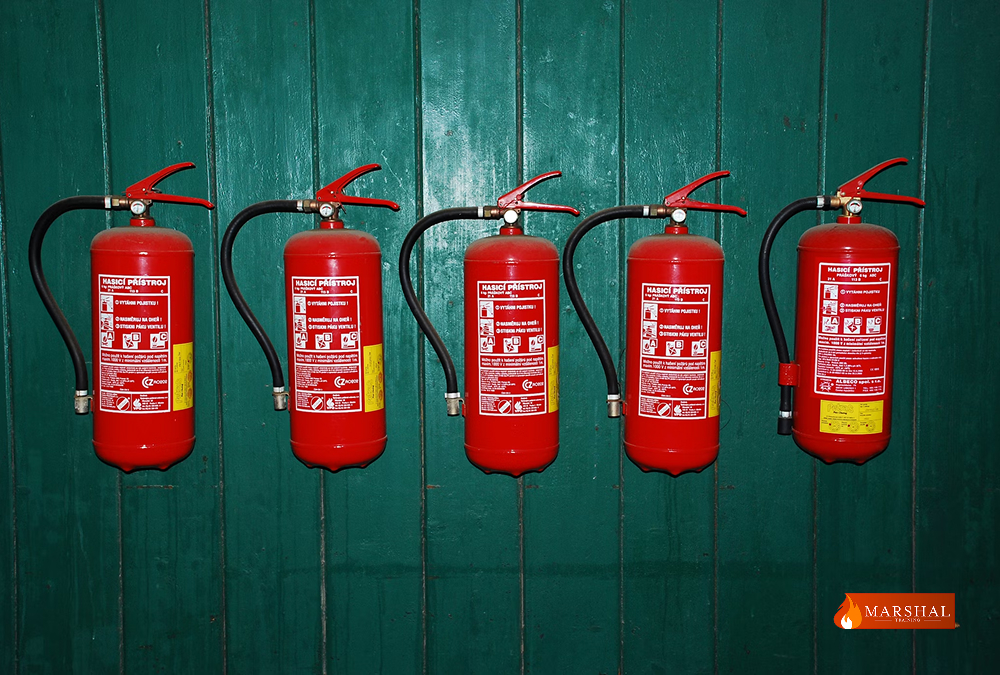Fire safety is something we often take for granted, but it can be the difference between life and death in a crisis. Knowing how to prevent fires and what to do if one breaks out is essential. It’s not just about being cautious with fire; it’s about understanding the risks and taking action before something goes wrong.
Everyone should go through some basic fire safety training. Whether you’re at home, at work, or somewhere else, having the right knowledge can help you stay safe in an emergency.
Fire Safety Training covers a lot of ground. From fire prevention to using fire extinguishers correctly, it includes many steps. This training helps you recognize hazards, reduce risks, and respond confidently if a fire occurs. For businesses, having a solid fire safety plan in place isn’t just important—it’s often required by law.
Take a moment to think about the last time you learned about fire safety. Was it in school? Maybe a work orientation? Fire safety training doesn’t have to be a boring or lengthy session. It can be a quick course with a few key tips and skills to ensure you’re prepared for any fire-related situation.
Why Fire Safety Matters
Fire safety is something most people don’t think about unless they’re directly affected. It’s easy to feel invincible until the worst happens. I remember the first time I ever experienced a small fire at home. It wasn’t huge, but it was enough to make me realize how quickly things could spiral out of control. I panicked at first, unsure of what to do, but then I remembered the basic rules I’d learned in a fire safety class: get out fast, never try to fight a large fire, and always have a plan.

Here’s where fire safety training can save lives. Whether it’s preventing a small spark from turning into a disaster or handling a fire until help arrives, knowing what to do can make all the difference.
What Does Fire Safety Training Cover?
Fire safety training isn’t just about putting out flames. It’s about understanding risks, knowing when to act, and what to do in an emergency. Here are some key components:
-
Fire Prevention
The first step is making sure a fire doesn’t start in the first place. This includes things like avoiding overloading power outlets, checking for faulty wiring, and not leaving candles unattended.
Personal Story Prompt:
Think back to a time when you noticed a potential fire hazard and took action. Maybe it was a candle left burning or a space heater placed too close to a curtain. Sharing this story can help people relate to the importance of prevention.
-
Evacuation Plans
Knowing how to exit a building safely is crucial. Fire drills in schools, offices, and even homes can save lives when practiced regularly. An evacuation plan shows you the fastest, safest route to leave in case of a fire. It’s easy to forget, but when panic sets in, having a plan makes a world of difference.

-
Use of Fire Extinguishers
Knowing how to operate a fire extinguisher can be the difference between putting out a fire early or letting it spread. Training teaches you how to properly use the PASS method: Pull the pin, Aim the nozzle, Squeeze the handle, and Sweep from side to side.
-
Identifying Hazards
Part of fire safety training is learning to identify things in your environment that could lead to a fire. Whether it’s an overloaded extension cord or a leaking gas line, recognizing these risks helps prevent dangerous situations before they even start.
Personal Story Prompt:
Share a memory of a time when you recognized a fire hazard and took action. Maybe it was spotting a frayed electrical cord or noticing a fire escape was blocked. Personal experiences like this make the guide feel more real and grounded.
The Importance of Regular Fire Safety Training
Just like with any emergency situation, staying sharp is key. Fire safety training isn’t something you do once and forget about. Regular refreshers help keep your skills fresh and your awareness high.
For workplaces, this is especially important. Fire drills should be frequent and realistic. They help employees get familiar with evacuation routes, know where fire extinguishers are located, and practice keeping calm under pressure.
In fact, Marshal Training provides specialized fire safety programs that offer comprehensive courses for both individuals and businesses. Their training ensures that people not only understand the theory behind fire safety but also get practical, hands-on experience.
The Role of Fire Safety Training in the Workplace
If you work in an office, factory, or restaurant, fire safety training is often required. Employers need to ensure their employees are prepared in case of a fire emergency. This includes not only understanding how to prevent fires but also what to do if one occurs.

Fire safety training in the workplace can also help prevent lost productivity. Employees who feel confident about safety measures are more focused and less likely to panic in stressful situations.
Personal Story Prompt:
Do you have a memorable experience from a workplace fire drill? Maybe you learned something unexpected or found yourself feeling more prepared than you thought. Sharing that moment will connect the reader to the importance of workplace training.
Common Fire Safety Myths
It’s easy to believe that fire safety is common sense, but there are a lot of myths out there. Some people think they can save a burning building if they act quickly or that fire extinguishers are only useful for small fires. These myths can lead to dangerous decisions.
One of the most dangerous myths is that you can fight a fire without the right equipment. Some people think a small fire can be put out with water from the sink, but this can make things worse. If you try to use water on an oil or grease fire, it could spread the flames rapidly.
Personal Story Prompt:
Think about a time when you were unsure about how to handle a fire-related situation. Maybe you didn’t know whether to use water or something else. Sharing your own doubts and learning moments can make the guide feel more approachable and relatable.
How to Stay Safe During a Fire
Sometimes, a fire isn’t something you can prevent, and all you can do is get out as fast as possible. Knowing how to stay safe during a fire is vital.
- Stay low to the ground to avoid smoke inhalation.
- Never use elevators during a fire. Always use the stairs.
- If you’re trapped, signal for help using a window or phone.

These tips may seem simple, but when you’re in an actual emergency, they could save your life. Practicing these actions as part of fire safety training helps reinforce muscle memory, so you don’t have to think twice in a crisis.
Personal Story Prompt:
Do you remember a time when you were in a building and a fire alarm went off? What was your first instinct? Sharing a story about staying calm in a moment of uncertainty helps build trust with your reader and shows the importance of training.
| Topic | Details / Key Points |
|---|---|
| What is Fire Safety Training? | Training that teaches prevention, emergency response, evacuation, equipment use, and safety protocols. |
| Who should attend? | All employees, especially fire wardens, safety officers, and those in high-risk environments. |
| Core components | Fire hazards, fire prevention, extinguisher use, escape routes, evacuation procedures. |
| Training frequency | At least annually, or whenever there are changes in staff, layout, or safety rules. |
| Benefits | Reduces risks, improves preparedness, ensures compliance, and builds confidence among staff. |
Conclusion
Fire safety training is a crucial part of protecting yourself, your loved ones, and your colleagues. It’s more than just about knowing how to handle a fire extinguisher. It’s about understanding risks, knowing how to escape, and being prepared for an emergency.
Fire safety is a shared responsibility. The more you know, the better prepared you’ll be. Whether it’s learning how to prevent a fire or what to do if one breaks out, it’s worth taking the time to learn and refresh your skills.
Have you taken a fire safety course recently? If not, maybe it’s time to look into it. It could save a life.
Read Also: First Aid Training in Dubai: Benefits and Importance
FAQs
Q1. What topics are covered in fire safety training?
Fire safety training usually includes fire prevention, use of fire extinguishers, evacuation routes, risk assessments, and emergency response procedures.
Q2. How often should fire safety training be conducted?
Training should be repeated routinely—at least annually—and whenever there are changes in staff, layout, or safety rules.
Q3. Who needs fire safety training in a workplace?
All employees should receive basic fire safety training. Designated roles such as fire wardens or marshal staff require more advanced training.
Q4. What benefits does a company gain from offering fire safety training?
It helps reduce risk, improve emergency preparedness, ensure legal compliance, and build trust among employees that safety is a priority.
